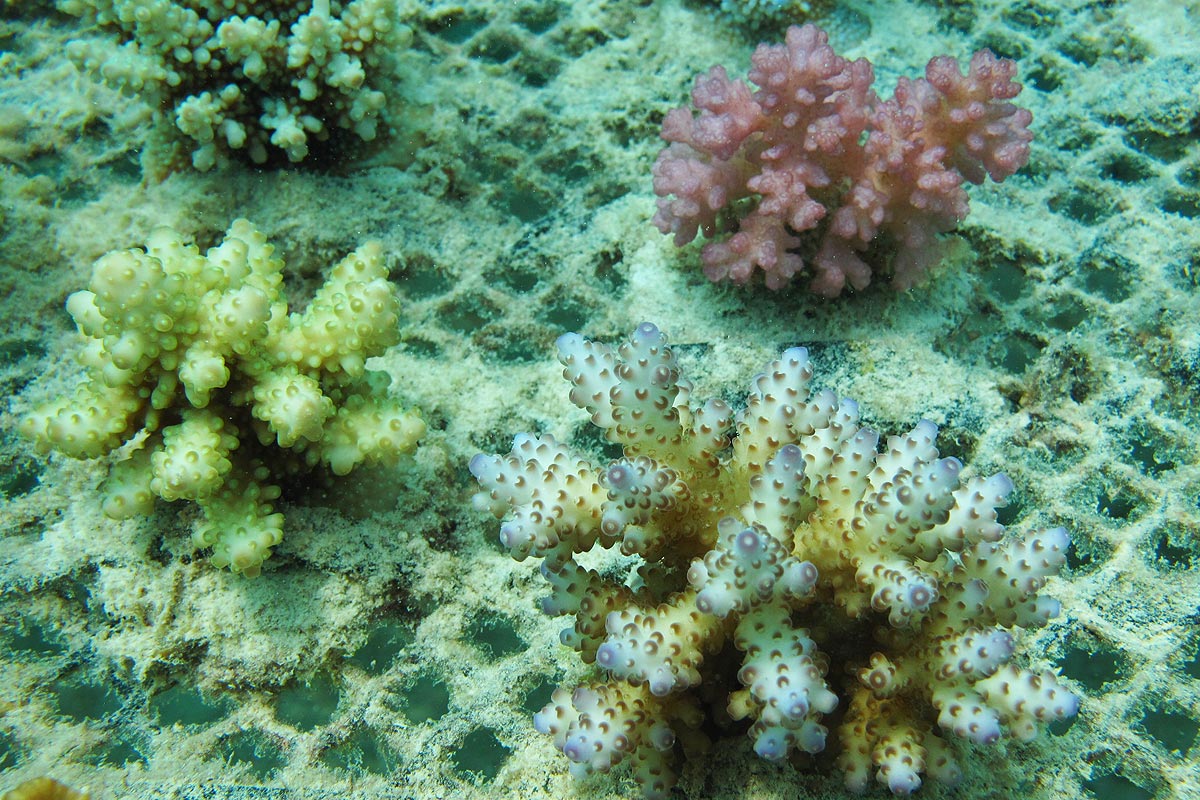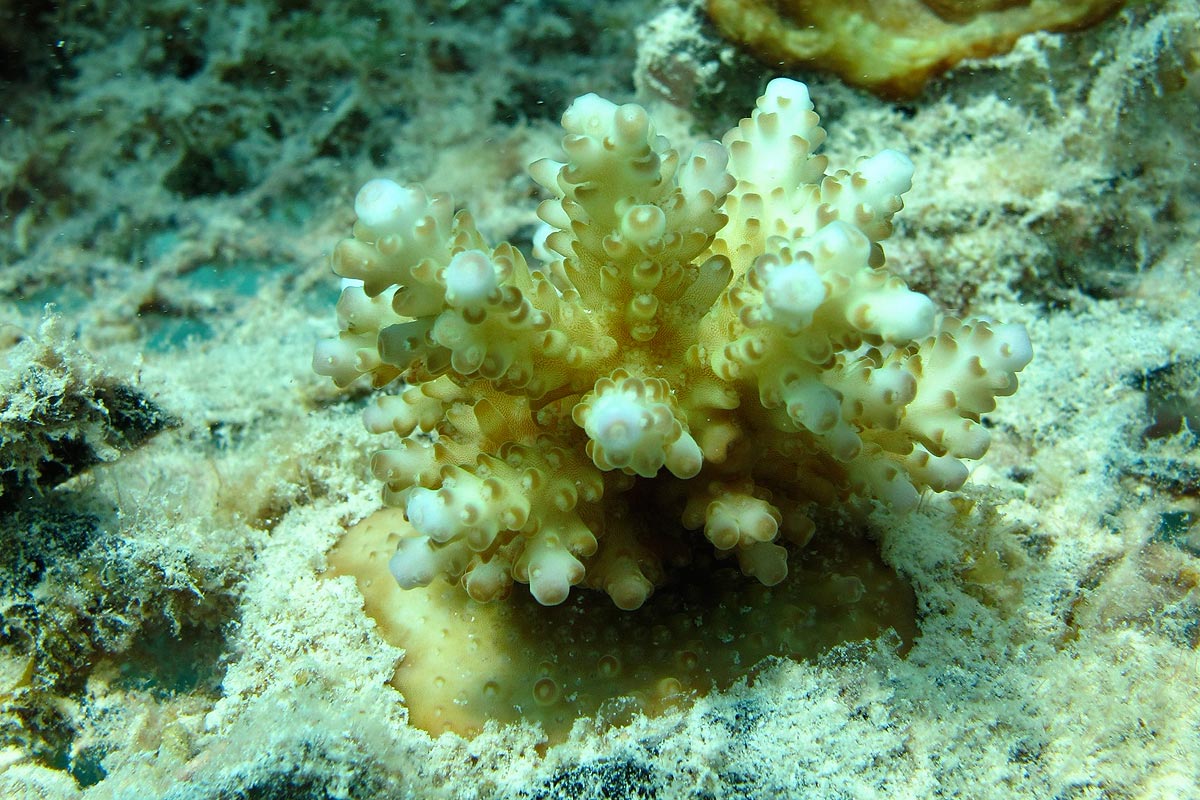Statute Associaton of marinecultures.org
1. SEAT / NAME
The association carries the name 'ASSOCIATION OF MARINECULTURES.ORG', based on Article 60 ff. of the Swiss Civil Code/ZGB. The headquarters are in Zurich, Switzerland.
2. PURPOSE OF THE ASSOCIATION
2.1 Research, development, installation and advancement of sustainable marine use in all areas; particularly the improvement of preservation of the ocean and coastal regions through aquaculture, in accord with local populations, communities, ecosystems and economic systems.
2.2 The association is a non-denominational, non-profit and politically neutral association and is exempted from tax in Switzerland.
2.3 To achieve the aims, the association may be active, amongst others, in the following fields:
- Operation, research and development of the ecological production of pearls, sponges, corals, shells, amongst others, marine cultures, in particular the development of aquaculture farms with integrated ecological management.
- Special advancement of women through work and secure income possibilities in aquaculture operations.
- Procurement of microcredit as an initial aid for local small businesses transacting in aquaculture.
- The schooling and consultancy of local people and communities in aqua-farming through the operation of workshops, training courses, technical training, seminars, conferences, etc.
- The advancement of partnerships and collaboration with non-governmental organizations (NGOs) and institutions that are active locally, nationally or internationally, in the fields of aquaculture, marine or coastal conservation.
- Support and development of political, regulatory or legal control measures for the improvement of marine, coastal and beach preservation and the protection of the native species of these areas.
- Advancement and active support of projects, organisations and private businesses which are engaged in the development of natural resources management, marine and species preservation, community development, or other activities that are beneficial to the aims of the association.
- Organization and advancement of research and volunteer work in the field of aquaculture, marine and coastal conservation.
- Advancement of aquaculture tourism.
3. MEMBERSHIP
3.1 Membership of the association is possible at any time point. In the case of refusal of membership the rejected person may appeal this decision at the association’s general assembly. Membership is valid with receipt of payment of fees.
3.2 Membership lapses
- through written notice of resignation to the governing board by 15th December of the corresponding year. The resigning member is liable for contribution of fees until the end of the following year if written notice of resignation is tendered later than this date.
- through expulsion by the Governing Board when the member does not meet his/her obligations despite warning, or acts contrary to the interests of the association. Final decision of appeal of expulsion is undertaken by the association’s general meeting.
3.3 MEMBERSHIP CATEGORIES
3.3.1 The association offers members the option of an active or diverse passive membership.
3.3.2 Passive members support the association through financial, logistic or other assistance and do not have the right to vote at the general assembly. They are not obliged to take part in the association’s meetings or assembly. They are informed periodically per e-mail about the activities of the association.
3.3.3 Active members work actively in the association’s projects and determine, together with the Governing Board, the decision-making processes of the association within legal stipulations (paragraph 65 Swiss Civil Code (ZGB)), as well the statuary competence (paragraph 4 of the statute) of the general assembly. Every active member has a vote at the general assembly.
3.4 PASSIVE MEMBERSHIP
3.4.1 Membership admittance may be applied for at any time through the association’s webpage, per e-mail or telephone. The decision of admittance is made by the association’s Executive Board of Management.
3.4.2 If a passive member would like to change his/her membership to active membership he/she must submit a written statement of grounds to the Governing Board. After consultation with the Executive Board of Management, the Governing Board will submit the request for acceptance/refusal to the general assembly. A 2/3 majority vote is required for the acceptance or refusal of an active membership.
3.4.3 Passive membership possibilities are as follows:
Students: a natural person who contributes to the achievement of the association’s aims and is registered as a student at an institution acknowledged by the association.
- Natural Person: people who contribute to the achievement of the association’s aims.
- Associate: partner institutions and partner organisations which strive for similar aims.
- Corporate: legal entities which contribute to the aims of the association and which activities are not in conflict with the association.
- Honorary Membership: people or institutions which have served the association in an outstanding manner may be named honorary members by the general assembly.
3.5 ACTIVE MEMBERSHIP
3.5.1 An active membership is open to natural persons or legal entities including other associations.
3.5.2 Active membership is of one-year duration. Re-election must be confirmed yearly at the general assembly.
3.5.3 Resignation is possible at any time with the adherence of a one-month period of notice as of the end of the prior month.
3.5.4 Dismissal of an active member requires a 2/3-majority at the general assembly and must not be substantiated.
3.5.5 After resignation or dismissal passive membership is possible through application.
3.5.6 Members of the Governing Board and Executive Board of Management are automatically active members with the commencement of their functions. The active membership is relinquished immediately through the discontinuation of these functions through deselection, resignation or dismissal.
4. MEMBERS’ MEETINGS / GENERAL ASSEMBLY
4.1 The annual meeting of active members is the highest instance of the association. A notice of the meeting is to be given at least 2 weeks in advance by the Governing Board, either by e-mail or telephone, together with the agenda of the meeting.
4.2 The following fall within the exclusive jurisdiction of the annual members’ general assembly:
- Regulation and changes in the statute
- Admission and expulsion of active members
- The election of the Governing Board, in which a 2/3 majority is needed in the first ballot, and a simple majority in further ballots
- The annual approval of the statement of operations and balance
- The discharge of the Governing Board
4.3 At least 50% of the active members must be present or connected for a resolution to be passed. Members’ meetings by Skype, phone or suchlike are possible. A 2/3 majority is needed for the admission and expulsion of active members, changes in the statute, as well as the dissolution of the association. For all other decisions, a simple majority is needed insofar that the statute does not require a qualified majority. The written approval of 2/3 of all active members to a proposal is equated to a general assembly decision.
4.4 The meeting of active members can form chapters and partake in organisations and businesses with the same or similar aims and functions.
5. GOVERNING BOARD
5.1 The Governing Board consists of at least three natural persons and is voted by the general assembly for a period of two years. The maximum tenure of office for a governing board member is limited to ten years. Governing board members work voluntarily. Upon application to the general assembly the mandate may be remunerated.
5.2 The Governing Board will be assigned the responsibility of the appointment of the Executive Board of Management from the annual general assembly of the association. As strategic management body the Governing Board
- defines the strategy and implementation of the associations objectives,
- determines the fundamentals of accounting and financing,
- appoints and external auditor,
- controls the allocation of funding,
- appoints and monitors the executive management board and issues executive management board regulations,
- ensures membership and directing committees information,
- regulates the double signatory power.
5.3 The Governing Board decides over all fields and exercises all authorization that are not specifically subject to another institution. The Governing Board may delegate certain duties to the Executive Board of Management, to commissions or external bodies.
5.4 The Governing Board designates or may recall the members of the Executive Board of Management with a simple majority.
5.5 The association’s international branches may represent the Governing Board as an Advisory Board to support the association locally and represent the association as needed. All local Advisory Boards are directly under the directive of Executive Board of Management and without a direct mandate from the Governing Board do not have any legal or financial authority.
6. EXECUTIVE BOARD OF MANAGEMENT
6.1 The Executive Board of Management may consist of one or more natural persons. It is responsible for the efficient and successful operation of the association and may represent the association according to the regulations of the Executive Board of Management with the power of attorney as granted by the Governing Board. The Executive Board of Management must intervene when the interests of the association are compromised.
6.2 The members of the Executive Board of Management are employed and discharged by the Governing Board.
6.3 The rights and duties of the Executive Board of Management are defined in the Executive Board of Management regulations.
6.4 The Executive Board of Management attends the Governing Board meeting as an advisory entity.
7. LIABILITY
7.1 The assets of the association are solely liable for payment of all debts.
8. MEMBERSHIP FEES
8.1 The annual active and passive membership fees will be stipulated at the annual general assembly meeting. In a year when no new decision is made, the membership fee rate from the previous year is effective.
8.2 If a member commences his/her membership during the calendar year, the full yearly membership fee is to be paid.
8.3 If a member cancels his/her membership during the calendar year, there is no right of reimbursement or part reimbursements of membership fees.
9. DISSOLUTION
9.1 In the case of dissolution of the association, the associations’ assets must be assigned to an organization that has aims and functions as identical as possible with those of the association.
In the case of discrepancies or ambiguity occurring as a result of the interpretation between the English and German versions of the statute, the German version is exclusively decisive.
This existing statute replaces the previous statute dated 25th September 2008 and takes effect immediately.
Changes to the statute approved with a resolution of the general assembly of the ASSOCIATION OF MARINECULTURES.ORG, dated 31st March 2016, Jambiani, Zanzibar / Melbourne, Australia.
> Download Statute (PDF, 87kb)
Additional Information
Become a member
Support our organization and our projects with your membership.
>> more

Contribute
Together we can do a lot. With your help.
>> more

Newsletter
Interested in our newsletter?
>> subscribe

